Gallarate, MA*GA dedicates an exhibition to Dadamaino
From Dec. 17, 2023, to April 7, 2024, MA*GA in Gallarate will host a retrospective dedicated to Dadamaino (Edoarda Emilia Maino; Milan, 1930 - 2004), one of the major protagonists of theavant-garde of the second half of the 20th century, realized in collaboration with theDadamaino Archive, with the support of Galleria Arte Martinelli(Lodi, Miami Beach). The exhibition, curated by Flaminio Gualdoni, traces, through 80 works, the milestones of the Milanese artist’s career, starting from the debut of his research on monochrome painting and the spatial surface of the canvas, which took place at the Prisma Gallery in 1959, the year in which Dadamaino abandoned informal to adopt those abstract formulations that would characterize his entire creative evolution.
The exhibition begins with the important Volumi cycle, monochrome canvases opened on large perforations. It was in 1959 that the first Volume was presented, in the group show Woman in Contemporary Art at the Brera Gallery in Milan, which immediately revealed the influence of Lucio Fontana on Dadamaino’s work and conceptual and aesthetic reflections. The first section of the exhibition places the Volumi series, made between 1958 and 1960, and the Volumi a moduli sfasati series, produced in the very early 1960s, in dialogue with works from the MA*GA collection by Lucio Fontana, Enrico Castellani and Piero Manzoni, Giovanni Anceschi, Davide Boriani, Gianni Colombo, Enzo Mari, Getulio Alviani, and Alberto Biasi.
The visual counterpoint highlights the importance for Dadamaino’s research of frequenting the avant-garde cohort that was concentrated at Brera in the transition between the 1950s and 1960s. In fact, Dadamaino exhibited at the Azimut gallery in Milan where, in addition to the founders Enrico Castellani and Piero Manzoni, he met the protagonists of a significant tranche of what can well be considered “the new artistic conception,” as the second issue of the magazine “Azimuth” titled.
Dadamaino’s affirmation on the Italian art scene continued in the 1960s with the 1962 group show Arte Programmata at Galleria La Cavana in Trieste, which defined his transition from spatial research on the carved canvas to a study of color and sign as an optical visual element.
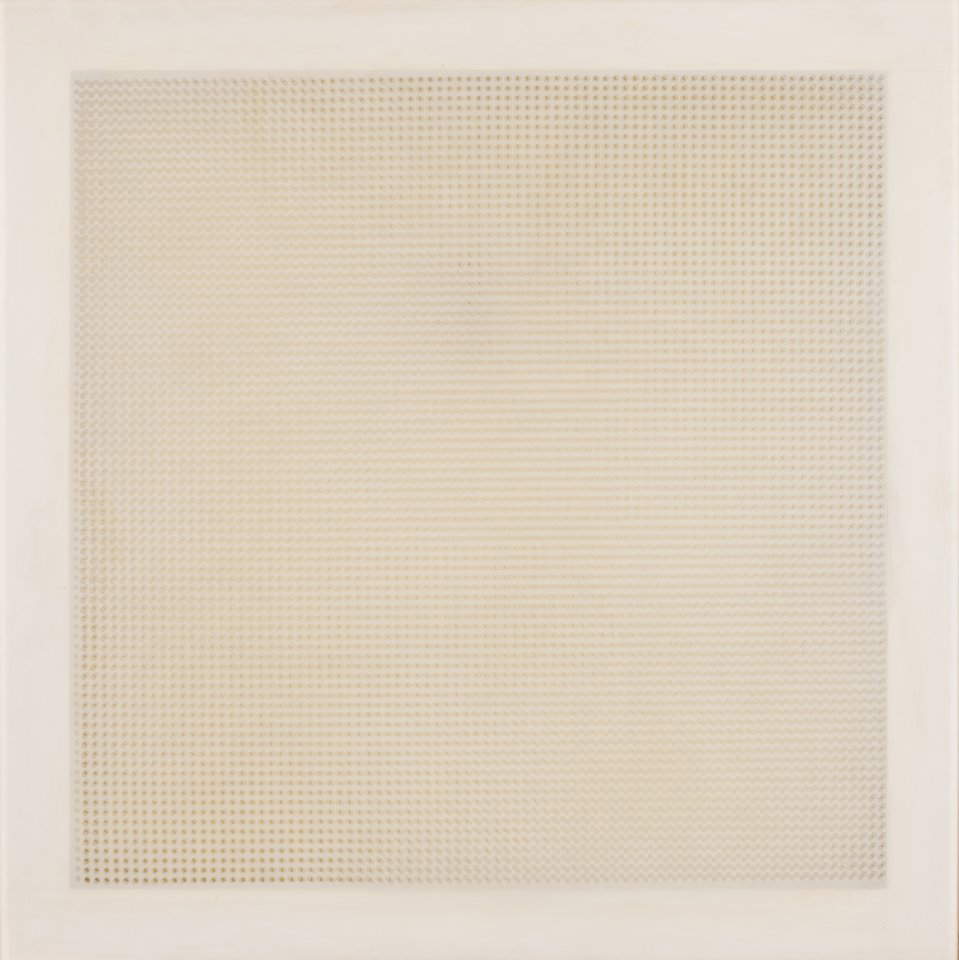
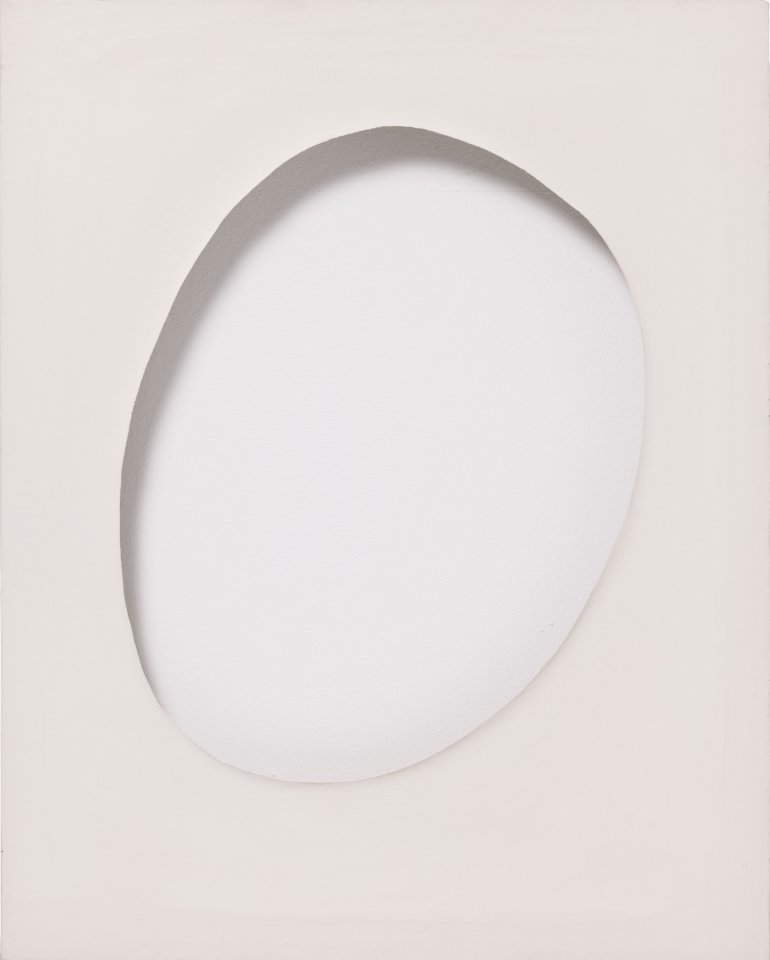
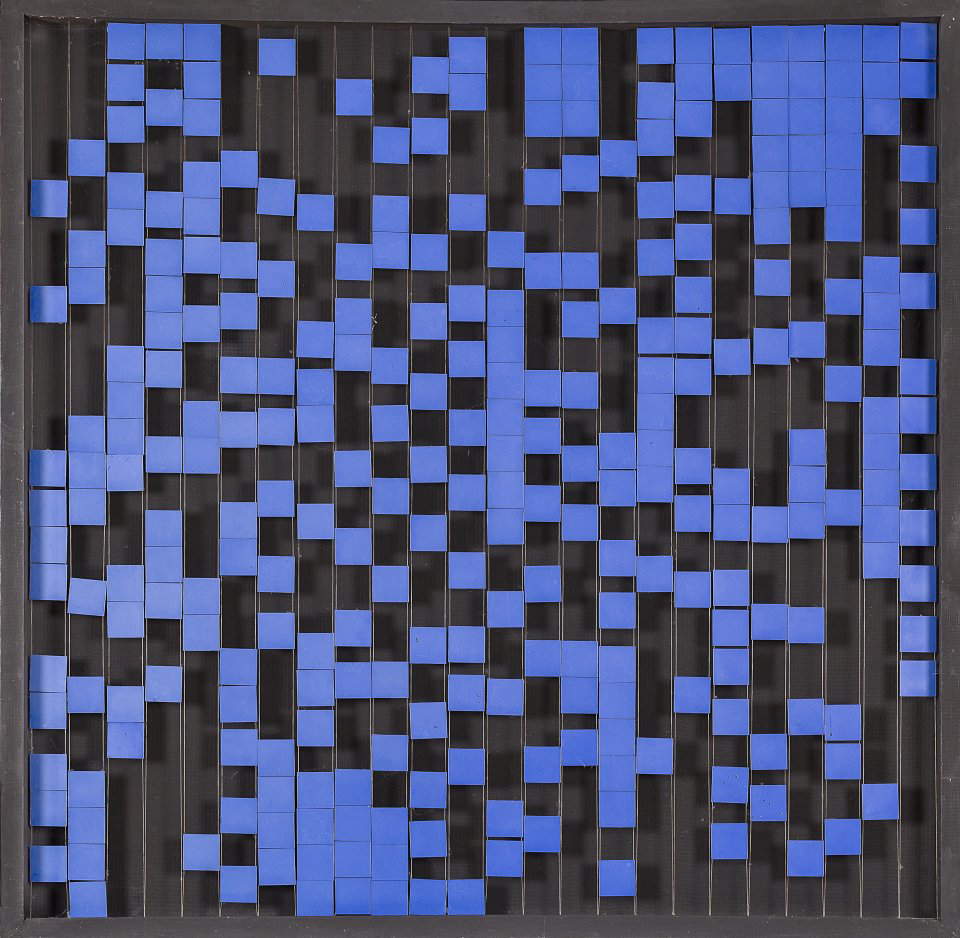
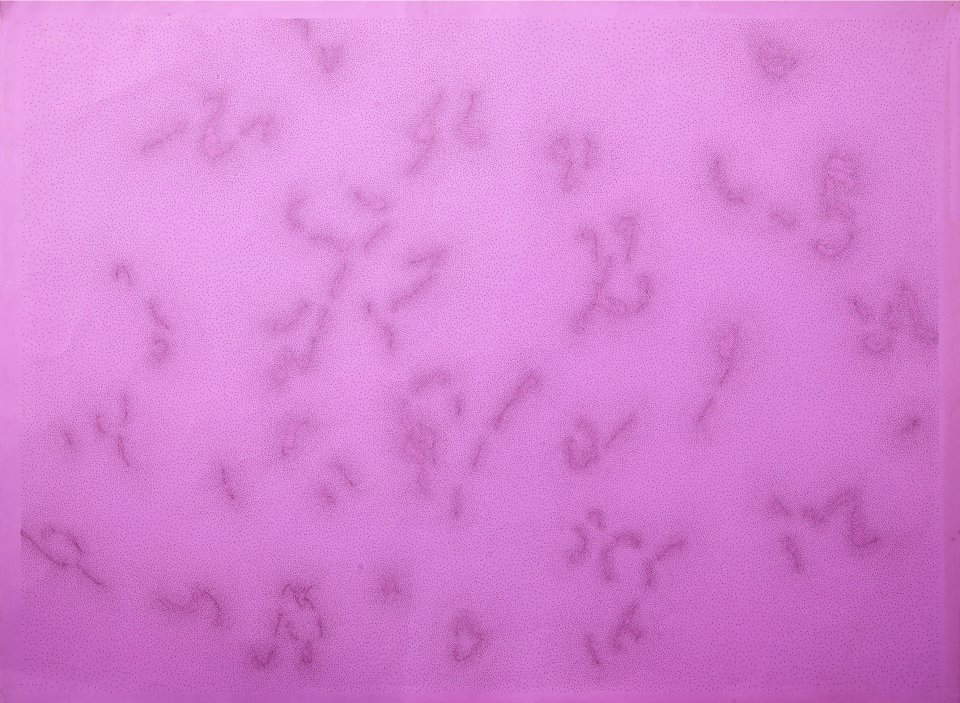
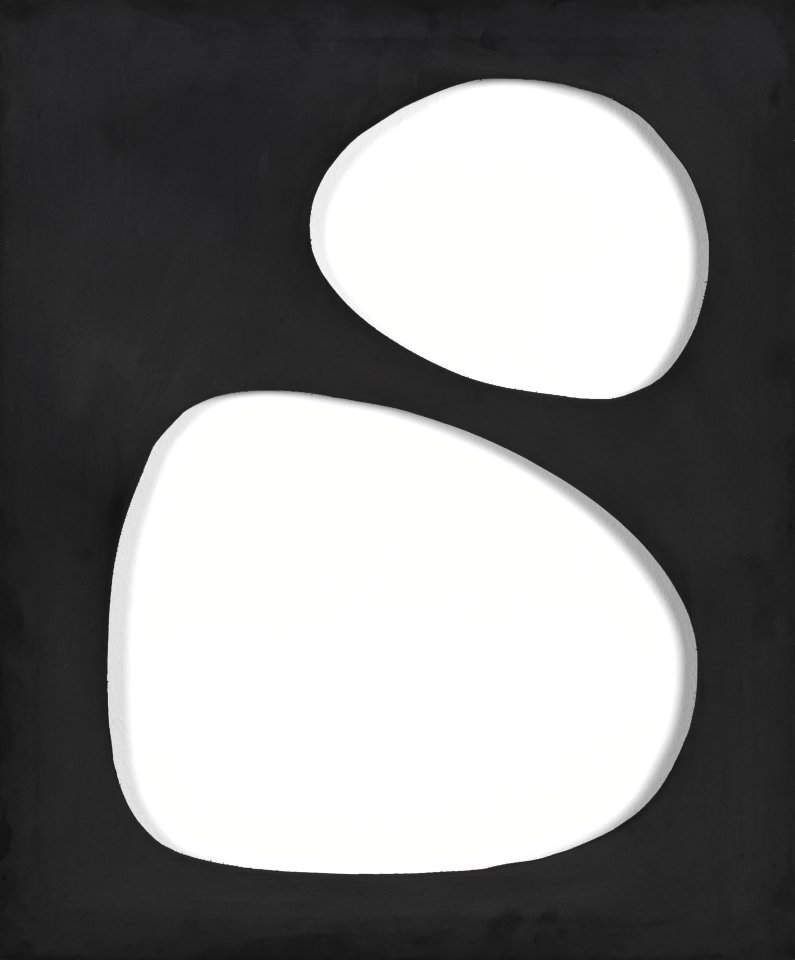
Success also came at the international level when, through Lucio Fontana, Dadamaino was invited to exhibit at the Nul exhibition at the Stedelijk Museum in Amsterdam in 1962, which brought together great exponents of visual research such as Arman, Enrico Castellani, Piero Dorazio, Lucio Fontana himself, Yayoi Kusama, Heinz Mack, Piero Manzoni, Henk Peeters, Otto Piene, Francesco Lo Savio, Jef Verheyen, and Herman de Vries.
The initiative at MA*GA follows the chronological development of Dadamaino’s research with the cycle on which the artist focuses between 1963 and 1965: these are the kinetic optical objects and drawings that are the result of his encounters with the artists of François Morellet’s GRAV (Groupe de Recherche d’Art Visuel), with whom he participated in the Nouvelle Tendance exhibitions. Again, in this exhibition Dadamaino’s works dialogue with the protagonists of optical and visual research present in the MA*GA Museum’s collection: Grazia Varisco, Enzo Mari, Davide Boriani, Bruno Munari, Getulio Alviani, Gianni Colombo, and Nanda Vigo. For the occasion, Gianni Colombo ’s 1967 Spazio elastico environment, part of the permanent collection, will be reintroduced to the public after restoration. The exhibition then flows into the mature years of Dadamaino’s poetics, where the installation of papers of various formats entitled I fatti della vita (The Facts of Life) stands out, first proposed by Galleria Grossetti in Milan in 1979 and later, in its largest extension of 461 papers, in the solo show at the Venice Biennale in 1980.
The exhibition is completed with canvases with letters from the Alphabet of the Mind, and the gigantic work The Movement of Things, thirty meters long, on which Dadamaino’s “writing” takes place and which was presented in a solo room at the XLIV Venice Biennale in 1990.
Catalog Nomos Edizioni, edited by Flaminio Gualdoni with texts by Flaminio Gualdoni and Emma Zanella.
The exhibition is realized with the contribution of Regione Lombardia as part of the Italia 2050 project. Research Center for Italian Art 1950-2050. As part of MA*GA’s institutional activity, the exhibition is supported as main partner by Ricola, SEA Aeroporti di Milano, Missoni, Saporiti Italia; special partner: Banca Generali Private; partner: Lamberti; supporter: Camal - le vie del cotone, Engel & Völkers.
Dadamaino (Edoarda Emilia Maino) was born in Milan in 1930. During the bombing of World War II, the Maino family moved to La Maddalena, a hamlet of Somma Lombardo (VA), where her maternal grandparents lived, and then returned to Milan at the end of the war. Edoarda attended the Liceo Classico and later the School of Applied Art for Industry at the Castello Sforzesco. Her training took place through her frequentation of the Milanese avant-garde, which had as its meeting point the Bar Giamaica in Brera: she was especially close to Piero Manzoni, whom she frequented from 1957, and Lucio Fontana, who profoundly influenced her research. In the 1960s her work experiences a phase of important internationalization with strong tangencies with the research groups Nul, Zero, Nouvelle Tendance and GRAV (Groupe de Recherche d’Art Visuel). In the 1970s numerous solo exhibitions and appearances at group shows in Museums and institutional spaces in Italy and abroad. In 1980 he is present with a solo room at the XXXIX Venice Art Biennale curated by V. Fagone, in 1990 he will again have a solo room at the XLIV Venice Art Biennale curated by L. Cherubini, F. Gualdoni, L. Vergine. On April 13 Dadamaino dies in Milan after a period of illness. His ashes rest in the small cemetery of La Maddalena, a hamlet of Somma Lombardo (VA).
For all information, you can visit the official MA*GA website.
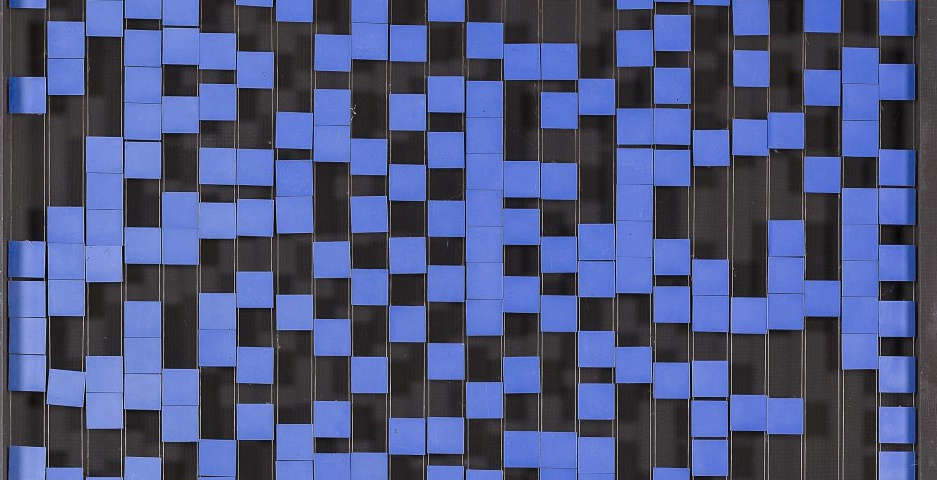 |
| Gallarate, MA*GA dedicates an exhibition to Dadamaino |
Warning: the translation into English of the original Italian article was created using automatic tools. We undertake to review all articles, but we do not guarantee the total absence of inaccuracies in the translation due to the program. You can find the original by clicking on the ITA button. If you find any mistake,please contact us.




























